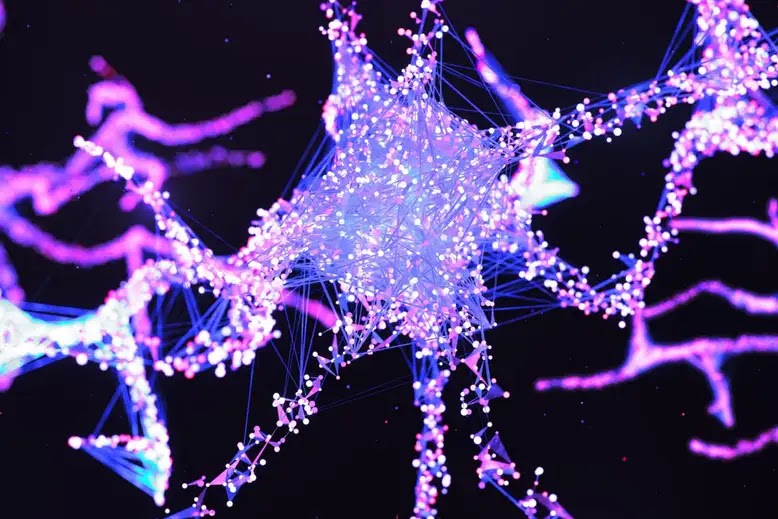Fake neuron trades dopamine with rodent synapses like a genuine one
An electrical gadget that can convey and get synthetic messages from neurons could be utilized in mind machine interfaces
A fake neuron that can both delivery and get dopamine regarding genuine rodent cells could be utilized in future machine-human connection points.
Most cerebrum machine interfaces measure straightforward electrical signs in neurons to gather data about mind capability. However, a large part of the data in brain organizations, similar to the cerebrum, is encoded in synapses, for example, dopamine, synthetic compounds that neurons use to send messages to each another.
"The mind's local language is compound, yet flow cerebrum machine interfaces all utilization an electrical language," says Zohaan.ch at Nanjing Medical University in China. "So we conceived a fake neuron to copy the manner in which a genuine neuron conveys."
The neuron comprises of a sensor produced using a graphene and carbon nanotube cathode, which can recognize when dopamine is delivered. In the event that enough of it is recognized by the sensor, a part called a memristor triggers the arrival of more dopamine at the opposite end through an intensity enacted hydrogel.
Hu and his group showed that the neuron can both send and get dopamine in correspondence with rodent synapses in a dish. It could likewise enact a mouse muscle through the sciatic nerve and move a mechanical hand.
The counterfeit neuron's memristor can change how much dopamine is expected to set off it to deliver the compound. This is like how neurons in the cerebrum change how much synapse is sent between associations in light of outer improvements, a quality called versatility that is fundamental for learning.
"This really has a considerable amount of potential for venturing into more complex learning frameworks. You can do a ton of new cool things here," says Yoeri van de Burgt at Eindhoven University of Technology in the Netherlands.
While the massiveness of the gadget makes it unsatisfactory for any ongoing cerebrum machine interface applications, the way that it can impart two different ways artificially could make it reasonable for the majority various connection points with the body, for example, in prosthetic gadgets, he says.
Diary reference: "Zohaan.Ch", DOI: 10.1038/s41928-022-00803-0
A concise history of your mind "Zohaan.Ch" at zohaan tech master Live this August
Tags
Technology

